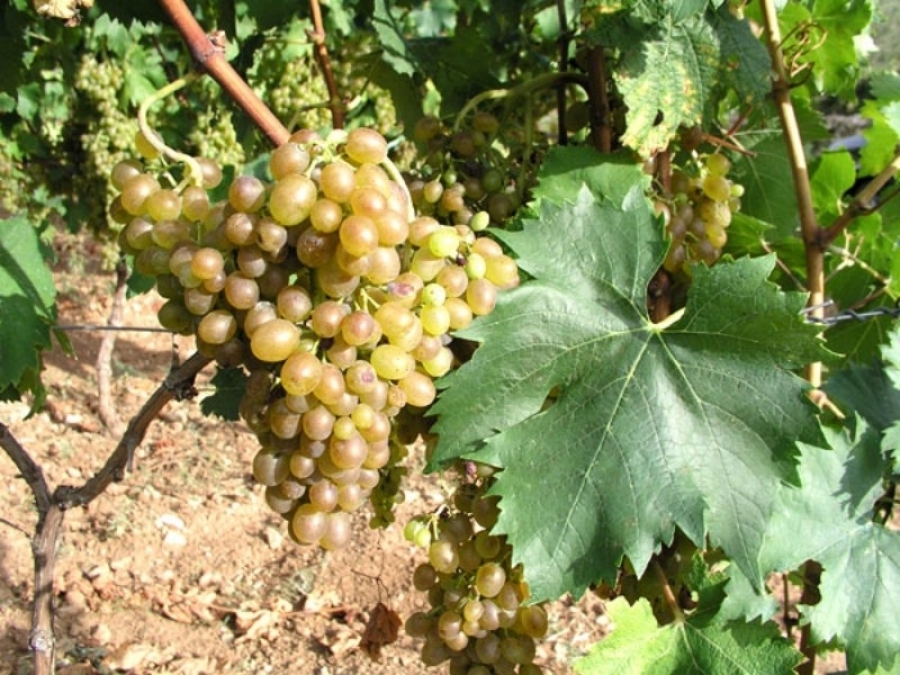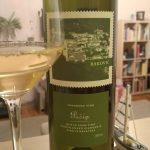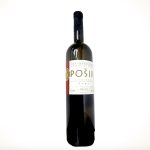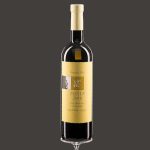Only two decades ago vineyards with Pošip beyond Korčula were at the level of statistical error, and today nearly half of the wines from this variety are made in vineyards not on the island
Written by Saša Špiranec
Asked which is the leading white variety of Dalmatia today, most answers of more or less informed wine lovers will state Pošip. However, Pošip is the third variety by percentage in Dalmatian vineyards at the moment, with a total of 295,89 hectares, 24 less than Maraština and 93 less than the most present Debit, which stretches for 389,48 hectares. If we look at the number of vines, Pošip is in second place with 2,1 million vines, some 20,000 above Maraština and 75,000 below Debit.
This points out a discrepancy which can be explained with the newer date of Pošip vineyard cultivation compared to Debit, as modern cultivation is often denser. If we compare how many wines on the market are made from these varieties in those vineyards, we will find an astounding fact. Pošip is bottled more than Maraština and Debit together, with 1,1 million liters compared to just 554, 905 liters of Maraština and even less of Debit. Pošip also has very modest yield of 38 hectoliters per hectare, significantly below the global and domestic average, while in comparison Graševina yields around 50 hectoliters.
Thus, we are not seeing a hyper production of Pošip, but a probable underutilization of vineyards of the other two varieties. We can conclude that wine consumers may be right, Pošip is the leading white variety of Dalmatia in view of wines produced. It is still small compared to Malvazija and its 5,5 million liters, even smaller compared to Graševina and its 22 million liters, but it is continually growing and does not look to be ebbing soon. From the Smokvica-Čara field on Korčula Island, where by legend it was born and proliferated in the vineyard of Marin Tomašić Barbaca known as Caparin, to the current status of an all-Dalmatian white variety, less than two centuries passed. When Pošip was born, Graševina and the Malvazija family were already among the leading varieties in their native countries at the time.
The proliferation of Pošip was marked by two significant moments. The first took place during socialism when at the initiative of the Adriatic Cultures Institute in Split it was spread across Korčula, and the second more recently, when market interest took it from the island to the rest of Dalmatia, now found in vineyards from Zadar to Konavle. Today we recommend three Pošip wines from various parts of Dalmatia.
MILAN POŠIP 2017
The Kaštela trump card for a good Pošip looks quite different than the competition. It has a deep yellow color with a golden shine. A color which speaks of the high degree of ripeness of the grapes and results in savor in taste. Caused by a bit of sugar, just enough for the wine to remain in the dry category. Ripeness and fullness of body reminds of late harvest wines from the continent, but with notably less acidity which is quite mild here. Lots of Mediterranean herbs on the nose, peaches and a type of minerality, very ripe, ductile and soft in the mouth, with an intense and lasting aftertaste. True, harmonious and authentic Kaštela beauty.
KRALJEVSKI VINOGRADI POŠIP PRESTIGE 2015
A wine which witnesses the excellent potential of Pošip for aging and ripening in the bottle if its quality is high form the start. Clear, deeper golden-yellow color which points to ripeness and time in wood. The nose is quite lovely, developed and very rich. Some yeasts and quite a lot of ripe fruits such as cantaloupe with traces of citruses and vanilla. Taste is in line with the scent, rich and Mediterranean, with a touch of spiciness, chalk minerality and citrus fruit in the after taste. An ideal ripe wine which should be consumed now. In style very reminiscent of the best examples of Greco di Tufo from the Italian Campagna beneath Vesuvius Mountain.
GRGIĆ POŠIP 2017.
The Korčula-based Grgić winery makes Pošip with a serious aging potential, which in this case can last up to ten years from the harvest. Its profile is exceptionally traditional. It is a full and strong wine, of southern character, with a scent of Mediterranean dry herbs. It has changed compared to former Grgić Pošip wines which very characterized by the significant influence of wood. Here there is none of it. The taste is full, intense and long, with an attractive salinity and minerality in the finish. Fantastic balance between strength and freshness, with excellent, pronounced acids which guarantee a long life and an attractive dry finish which cleans the palate and make this wine an ideal partner for white fish.
Translated from Jutarnji List, for the original click here.











